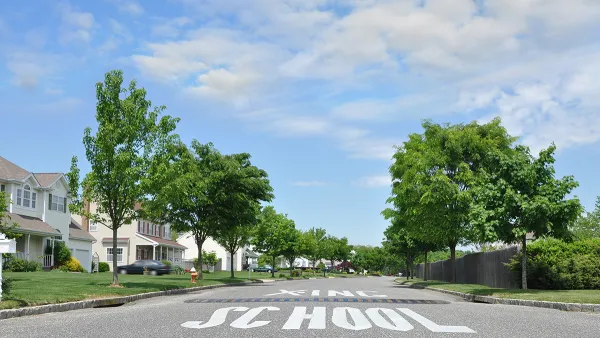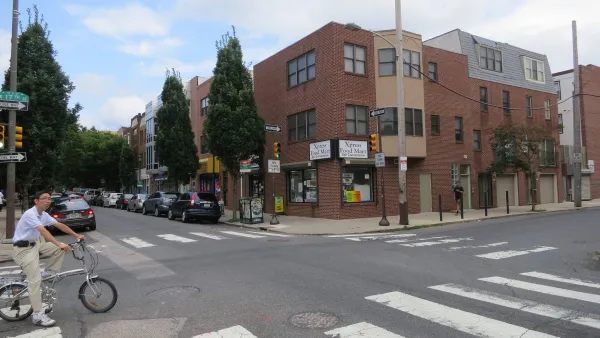Joe Cortright presents the antidote to an emerging narrative about the shifting lifestyle preferences of young adults (i.e., Millennials).

There's been no shortage of recent news reporting data showing young people leaving urban areas—news taken by some as a signal that the end of the back to the city movement of the past decade and more is coming to a close.
However, Joe Cortright has data to counter that narrative, taken from the 2016 American Community Survey. He lists some of the key data:
- "The number of 25-34 year olds with four-year degrees living in large cities is growing almost five times faster than the overall rate of population growth in these cities: a 19 percent increase in 25-34s with a college degree compared to a 4 percent increase in overall population in these cities."
- "The number of well-educated young adults increased in 51 of the 53 principal cities in the nation’s largest metropolitan areas. (Only Rochester, New York and Tucson recorded declines)."
There's more data listed in the article. From this evidence, Cortright draws a few conclusions, including one about planning priorities to address these trends: "Our ability to accomodate [sic] the demands they are making on the scarce and slowly growing supply of great urban spaces and nearby housing is the real challenge we need to focus upon."
The article also includes this table, which the City Observatory has made available to share.
Planetizen has noticed the emerging narrative about the exit of Millennials from urban areas, sharing articles on the subject on many occasions throughout the year. It's might be worth taking another look at these articles with the data Cortright presents in mind.
- A Decade of the Millennial Urban Exodus
- 'Missing Middle' Housing and the Expected Millennial Exodus
- Is This How Millennials Prefer Their Suburbs?
- Richard Florida: 'The Urban Revival Is Over'
- For Discussion: Why Are More Millennials Choosing the Suburbs?
- Survey Finds Surprising Generation Trends in the Real Estate Market
- Census Data: Millennials Choosing the Suburbs; Babies Booming in Big Cities
FULL STORY: Cities continue to attract smart young adults

National Parks Layoffs Will Cause Communities to Lose Billions
Thousands of essential park workers were laid off this week, just before the busy spring break season.

Retro-silient?: America’s First “Eco-burb,” The Woodlands Turns 50
A master-planned community north of Houston offers lessons on green infrastructure and resilient design, but falls short of its founder’s lofty affordability and walkability goals.

Delivering for America Plan Will Downgrade Mail Service in at Least 49.5 Percent of Zip Codes
Republican and Democrat lawmakers criticize the plan for its disproportionate negative impact on rural communities.

Test News Post 1
This is a summary

Test News Headline 46
Test for the image on the front page.

Balancing Bombs and Butterflies: How the National Guard Protects a Rare Species
The National Guard at Fort Indiantown Gap uses GIS technology and land management strategies to balance military training with conservation efforts, ensuring the survival of the rare eastern regal fritillary butterfly.
Urban Design for Planners 1: Software Tools
This six-course series explores essential urban design concepts using open source software and equips planners with the tools they need to participate fully in the urban design process.
Planning for Universal Design
Learn the tools for implementing Universal Design in planning regulations.
EMC Planning Group, Inc.
Planetizen
Planetizen
Mpact (formerly Rail~Volution)
Great Falls Development Authority, Inc.
HUDs Office of Policy Development and Research
NYU Wagner Graduate School of Public Service





























